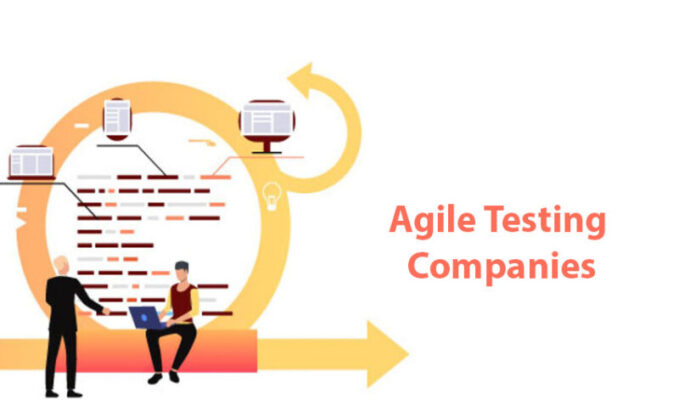Defects and bugs appear in an application and there is nothing odd about it. If we look at them from a different perspective, bugs are an indicator that the software development process is steering in the right direction. However, bug detection is a key to ensure high-quality software bugs; managing these bugs/issues is not easy. Various defect tracking software programs are used to gather all activities related to defect tracking in one place. With an effective software, you can record, manage, and track all testing efforts while providing access to developers and testers.
IoT is the talk of the century and they are now commonly available in various sectors all thanks to digital transformation efforts. They include electronics, software, mobiles, home appliances, etc. allowing users to connect and share the data. To ensure that IoT devices are built without defects, a good defect tracking software must be put in place.
Let’s look at why a defect tracking software is important in this age of IoT:
1. Dashboard Diagnostics & Monitoring
Software testers utilize defect tracking software that allows easy tracking and reporting of bugs by using an interactive dashboard. All defects are detected within the dashboard and software testers monitor and diagnose these defects to improve the effective functioning and software quality of the devices.
2. Provision and Authentication of Customized Reports
The various defect tracking software allows testers to create defect reports that facilitate decision-making. Customized fields are used by testers to integrate data with the right tools that fit business requirements. Thus, they can configure and authenticate all devices that are interconnected, while removing the bugs from the system.
3. Flexible Reporting
Analytics and reports are key features of a good defect tracking software. All the test cases are viewed differently by testers who ensure that these reports can be used for important decision-making during the SDLC.
4. Integration with other software testing tools
Different software testing tools are used by testers throughout the software development process. So, upon the detection of defects, whichever stage it may be, the defect tracking software should be integrated with the testing tools for optimized results. Thus, the IoT devices can be connected to different software testing tools and improved results are achieved.
Conclusion
Thus, it can be concluded that defect tracking software has a huge role to play in the development of IoT devices; in fact, they are the backbone of the software testing process. Software testing is incomplete without these tools, and testers won’t be able to achieve their goals. Developers and testers use different tools and techniques to ensure that IoT devices are functioning as expected. Without defect tracking software, software testing is incomplete and does not provide organizations the desired results.
Irrespective of the size of the organization, IoT devices are commonly used in various business areas and cannot just be neglected. Thus, investing money and time in these tools is the right choice to make. They help software testers to ensure high-quality software and manage short release delivery life cycles simultaneously.
Read Dive is a leading technology blog focusing on different domains like Blockchain, AI, Chatbot, Fintech, Health Tech, Software Development and Testing. For guest blogging, please feel free to contact at readdive@gmail.com.




